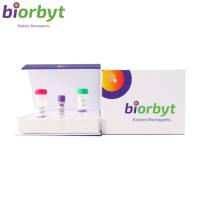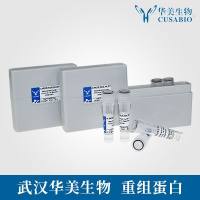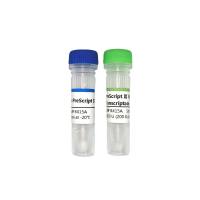Major advances in antiretroviral (ARV) therapy during the last decade have made HIV-1 infections a chronic, manageable disease. In spite of these significant advancements, ARV drug resistance remains a hurdle for HIV-infected patients who are committed to lifelong treatments. Several commercially marketed and/or laboratory-developed tests (LDT) are available to detect resistance-associated mutations (RAMs) in HIV-1, by genotyping. These genotyping tests mainly comprise polymerase chain reaction (PCR)-amplification and population, nucleotide sequencing (Sanger methodology) of a large part of the protease (PR), reverse transcriptase (RT), and integrase (IN) genes. In this chapter, we describe HIV-1 PR, RT, and IN genotyping on clinical samples (plasma), using the LDT methodology performed at Janssen Diagnostics BVBA, Belgium (JDx), where the PR–RT genotyping is used as input, to generate a CE-marked vircoTYPE™ HIV-1 report while the IN genotyping is performed as a research-use-only (RUO) assay. The complete HIV-1 PR gene (297 bp; 99 amino acids) and a large part of the RT gene (the first 1,200 bp; 400 amino acids) are amplified and sequenced as a single 1,497 bp fragment. Genotyping of the IN gene is performed by amplification and sequencing of the RT–IN region (the last 459 bp; 153 amino acids of RT with the complete 867 bp; 289 amino acids of IN). This methodology allows identification of nucleoside/�nucleotide reverse transcriptase, non-nucleoside reverse transcriptase, protease, and integrase inhibitor (NRTI, NtRTI, NNRTI, PI, INI) RAMs in the PR–RT and IN genes, which allows to predict viral response against current ARV regimens.






